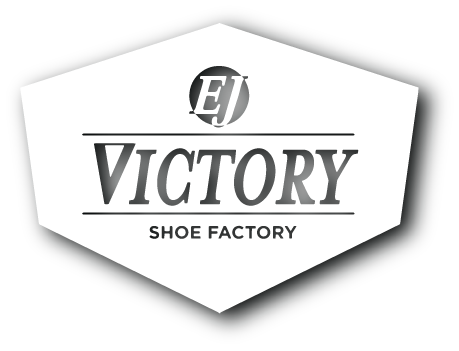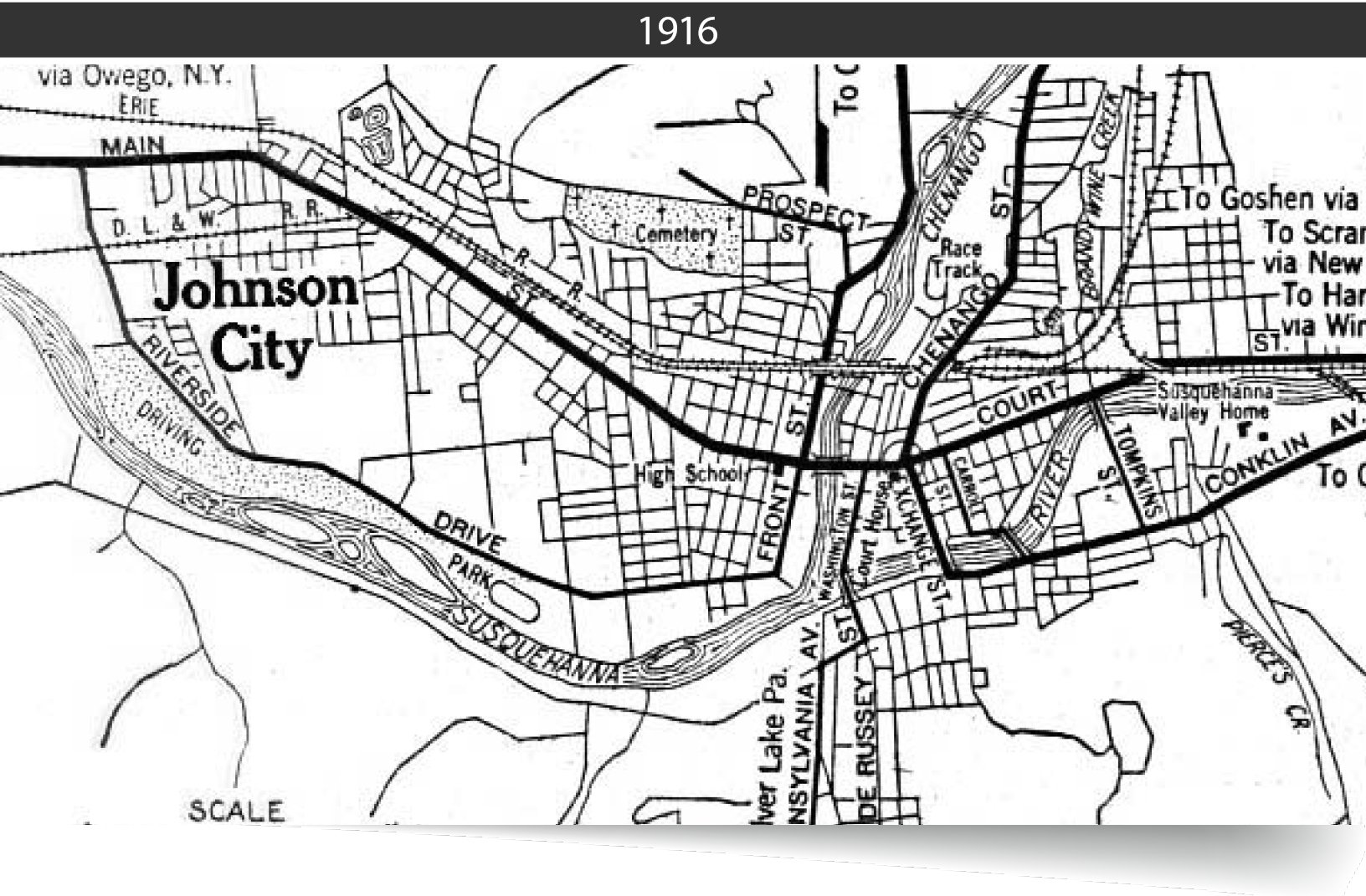
59 Lester Avenue, Johnson City, NY
Endicott Johnson Shoe Factory
Where modern luxury meets iconic history
The Endicott Johnson Shoe Factory is located in the Village of Johnson City and just steps outside of Main Street Johnson City, Binghamton University’s Johnson City campus, and United Health Services Johnson City campus providing an ease of access onto Route 17 and Interstate 81.
JOIN US IN BRINGING THIS HISTORIC FACTORY BACK TO LIFE!
FAST FACTS
156 Residential Units | 8 Loft Types
BUILDING AMENITIES
24-Hour Fitness Area
Community Room
Technology Lounge with Complimentary Printing
Pet Spa
Outdoor Grills and Patio Seating Area
Secured Green Space
Enclosed and/or Secure Parking*
Bike Storage
Electric Car Charging Stations*
Storage*
*Additional fee may apply.
LOFT AMENITIES
Oversized Custom Windows with Shades
Concrete Beams
Concrete Ceilings
Exposed Brick
Open Floor Plans
Spacious Living Areas
Gourmet Kitchen
Quartz Countertops
Stainless Steel Appliances
Custom Bathrooms with Walk-in Showers
Private Laundry for All Residents
Resident Controlled Climates
Customized California Closets® (some walk-ins)
Storage Area
An Unlikely Beginning
Lester Brothers Boot and Shoe Company built the village of Lestershire as a new industrial village two miles west of their factory in Binghamton. The cost of construction forced the company to close its doors. Henry Endicott bought the company in 1894, removing Lester as general manager and replacing him with then-superintendent, George F. Johnson—an unlikely decision that would spark a three-decade-long partnership and put the village of Lestershire at the center of a changing industry.
Johnson Brings Organization and Experience
George was the perfect choice to take over the day-to-day management of the company. The son of an impoverished shoemaker, George spent much of his youth learning his father's trade. At the age of thirteen he began a career as a shoe-treer in a local factory and spent a decade mastering his craft before taking a position as foreman of the treeing room in Harry Lester’s Binghamton factory in 1881.
EJ Is Born
The new Lestershire factory quickly became one of the largest in the country under George’s leadership. The company’s workforce increased to over 2000 employees in just five years and with this success, Endicott offered to make George a full partner in the business in 1899. Together they rebranded the company and in 1901 changed its name to the Endicott-Johnson Shoe Company.
Building a better community
Growth and prosperity continued for the company in the years before World War I. Endicott-Johnson diversified into several new markets and began a series of public works projects to improve the lives of its workers. The company planned and built homes, libraries, markets, parks, playgrounds, golf courses, medical clinics, and recreation facilities for its employees. Building a better community was an important part of the company’s responsibility to its workers.
A Grateful city
In 1916, the people of Lestershire changed the name of their village to Johnson City in honor of everything George F. Johnson had done to build the community and better the lives of its citizens.
“The hope of the world lies in evolution, progress, and constant improvement, and we look with confidence into that future...when all may have a more equal share in the good things of life...”
A TRUE BOOM TOWN
In the years that followed the First World War Endicott-Johnson would reach its financial peak. When George took over management of the company in 1894 it manufactured less than 1000 boots and shoes a day. By the late 1920’s it had become one of the country’s most integrated manufacturing firms and had the capacity to produce 45 million pairs of shoes in 28 factories staffed by 18,000 employees, generating roughly $75 million in annual sales.
THE EJ VICTORY FACTORY IS CONSTRUCTED
It was in these successful years that the Victory Factory (our building) was constructed. Built in two phases between 1918 and 1921, the new factory was the most modern and well-equipped shoe manufacturing facility of its time. It totaled six floors and its 2000 workers could produce about 22,000 shoes daily.
A SQUARE DEAL TOWN
This period also saw the rise of Endicott-Johnson’s version of the Square Deal. The company promised its workforce fair treatment and job security, as well as access to free medical services and a profit-sharing scheme.
Tough times HIT EJ
But the success wouldn’t last. The Great Depression came early to the shoe industry and while the company fared better than most, the boom-and-bust cycle of shoe sales took its toll. Wages were cut and employees were routinely laid off. Many of the benefits of the company’s Square Deal were scaled back until economic conditions were improved with the coming of World War II.
The post war struggle
Production during the war increased 22 percent with government contracts for boots and shoes, but the war boom only stemmed the company’s decline. Profitability in the post-war years became a major issue and the death of Geroge in 1948 marked a clear turning point in the company’s history.
THE Decline of an icon
Raising foreign competition, high labor costs, and poor managerial decision-making in the following decade undermined Endicott-Johnson’s financial position. The Korean War maintained the company’s profitability, but this did not save it from a number of business crises throughout the 1950s and 1960s. Eventually, severe financial losses forced the company to bring in outside management but Endicott-Johnson would continue its decline. Tanneries closed in 1968, the medical department closed in 1969, and the majority of the company’s factories were closed at this time—including the crown jewel of their operation, the Johnson City Victory Factory. Though the company survived in some form until 2004, it would be bought and sold by competing shoe manufacturers and never recovered its former glory.
A revival 40 years in the making
The closure of the Victory Factory marked a period of urban decay for Johnson City. Local newspapers mourned the passing of the Endicott-Johnson era and the prosperity it had brought the city. The Victory building served for a time as a storage space for large equipment until it was ultimately abandoned, sitting vacant for more than forty years until Paulus Development purchased the property and began a redevelopment project to return the Victory Building to its former manufacturing greatness.




















